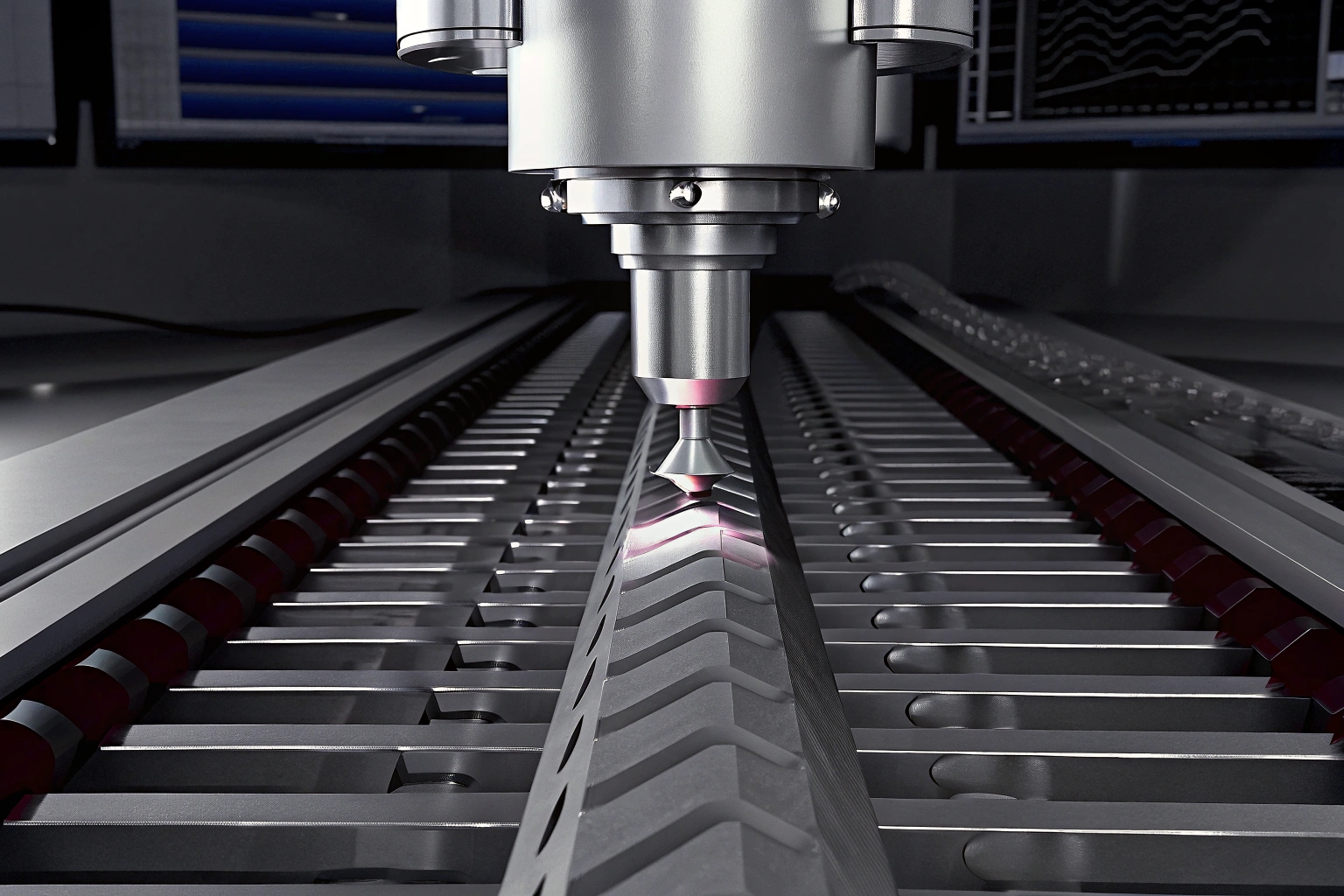
Opening paragraph:
The request for detailed test reports on roller raceway hardness, shaft hardness, and seal material specifications reflects a critical need for transparency and quality assurance. Understanding these factors ensures the reliability of the undercarriage parts we provide.
Detailed response:
Our test reports are comprehensive and include Rockwell or Vickers hardness measurements for roller raceways, ensuring adherence to industry standards. Shaft hardness is evaluated using standard Brinell testing protocols, and seal material reports offer insights on tensile strength and abrasion resistance properties, maintaining a thorough understanding of material performance.
In-depth explanation:
The test reports not only confirm conformity with industry standards 1 for roller and shaft components but also provide critical data for long-term durability and performance. The importance of material hardness cannot be understated. It directly impacts wear resistance, fatigue strength, and service life. Commonly, roller hardness is specified on the Rockwell C scale (HRC). The reports may include microscopic analysis for subsurface hardness and integrity checks. Seal material tests often encompass chemical resistance evaluations in various conditions. Verification through independent laboratories 2 ensures accuracy and compliance with ISO standards. These factors collectively enhance the reliability and longevity of undercarriage components, supporting effective operation in diverse environments.
Will you include batch numbers and sampling positions in each report for my undercarriage parts?
Opening paragraph:
Package batch numbers and sampling positions 3 are crucial for traceability and quality control, allowing us to maintain a high standard in the components we deliver.
Detailed response:
Yes, every test report includes specific batch numbers and sampling positions. This practice is a standard procedure to ensure traceability and allows for precise tracking of materials used in the production of undercarriage parts.
In-depth explanation:
Incorporating batch numbers and sampling positions in test reports is fundamental for maintaining product quality and traceability. These identifiers help monitor the exact production batches and sampling locations within the manufacturing process, facilitating accurate quality assessments and reducing the risk of discrepancies. This detail is vital for the customer’s confidence and for potential issue resolution. Strict adherence to industry standards 4 ensures consistent reporting of these parameters. Besides aiding in traceability, these batch-specific details are essential for compliance with various customer requirements and international regulations. Providing this level of detail supports any future failure analysis or quality audits.
Can I require third-party hardness validation before shipment for my undercarriage parts?
Opening paragraph:
Requesting third-party hardness validation 5 enhances the credibility and quality assurance of each shipment, guaranteeing that every component meets rigorous standards before leaving our facility.
Detailed response:
Certainly, customers have the option to require third-party hardness validation before shipment. This process provides an additional layer of verification, assuring that components meet specified hardness values.
In-depth explanation:
Third-party verification brings impartiality and added assurance to hardness testing. Prior to shipment, this validation confirms that the roller and shaft hardness meets the required specifications and industry norms. Independent labs conduct the assessment using standardized methods, providing an unbiased opinion and enhancing trust in the supplied components. Such validation often includes non-destructive testing methods 6, like magnafluxing or ultrasonic measurement, ensuring the component’s integrity without causing damage. This external validation aligns with the best practices of OEM and premium suppliers, validating our commitment to quality. Such initiatives crucially support our claims and reassure customers of the reliability and durability of our undercarriage parts.
How do you confirm seal elastomer compatibility with my grease for my undercarriage parts?
Opening paragraph:
Understanding seal elastomer compatibility 7 with grease is paramount for ensuring the long-lasting functionality of undercarriage parts in varying operational environments.
Detailed response:
Our protocol involves rigorous testing to confirm seal elastomer compatibility with designated greases. This includes chemical resistance evaluations to guarantee effective sealing and avoid lubricant interactions.
In-depth explanation:
Seal elastomer compatibility is confirmed through detailed chemical resistance testing, simulating real operational conditions. Consistent analysis assesses the interaction between the seal materials and specific greases. Compatibility tests gauge the elastomer’s resilience against breakdown or leakage when exposed to lubricants. Common seal materials, like Nitrile (NBR) 8, Polyurethane (PU), and Viton (FKM), are evaluated for their suitability in differing conditions, such as oil resistance, abrasion resistance, and high temperatures. Based on test results, adjustments may be made to materials or grease compositions to achieve optimal performance. Additionally, durometer ratings (like Shore A hardness) may be included in reports, ensuring material fitness for sealing applications. This comprehensive approach guarantees operational efficacy, reducing the risk of premature wear or failure.
Will you disclose acceptance criteria and rework plans if results drift for my undercarriage parts?
Opening paragraph:
Identifying acceptance criteria 9 and rework plans is essential for maintaining quality control, ensuring our commitment to delivering compliant undercarriage components.
Detailed response:
We consistently disclose acceptance criteria and rework plans if any test results deviate from expected values. Transparency in these processes underscores our dedication to quality assurance and customer satisfaction.
In-depth explanation:
Acceptance criteria define the benchmarks each component must meet, ensuring all parts align with predetermined standards for hardness, material composition, and seal effectiveness. If results drift from these standards, prompt rework plans are executed, targeting areas prone to discrepancies. These plans might include additional heat treatments or material adjustments to rectify deviations. Comprehensive documentation supports transparency, revealing corrective actions taken. This disclosure not only fosters confidence in the quality of components but also reflects a proactive stance on quality management. The reliability of these parts is assured through regular reviews and adaptability to change. In manufacturing contexts, this approach avoids potential failures and supports customer-specific requirements, ensuring each product meets stringent quality expectations.
Conclusion
Comprehensive test reports are essential to guarantee the reliability and longevity of undercarriage parts, enhancing transparency and traceability 10 for every order.
Footnotes
1. Explore how industry standards define quality frameworks. ↩︎
2. Discover ASTM’s role in material testing. ↩︎
3. Importance of sampling positions in quality control. ↩︎
4. ISO’s comprehensive standard listing. ↩︎
5. Third-party validation strengthens component trust. ↩︎
6. Utilize ASNT methods for non-destructive testing. ↩︎
7. Factors in determining seal compatibility. ↩︎
8. Chemours’ materials for seal applications. ↩︎
9. Setting and verifying acceptance criteria. ↩︎
10. Understanding the significance of traceability in supply chains. ↩︎




